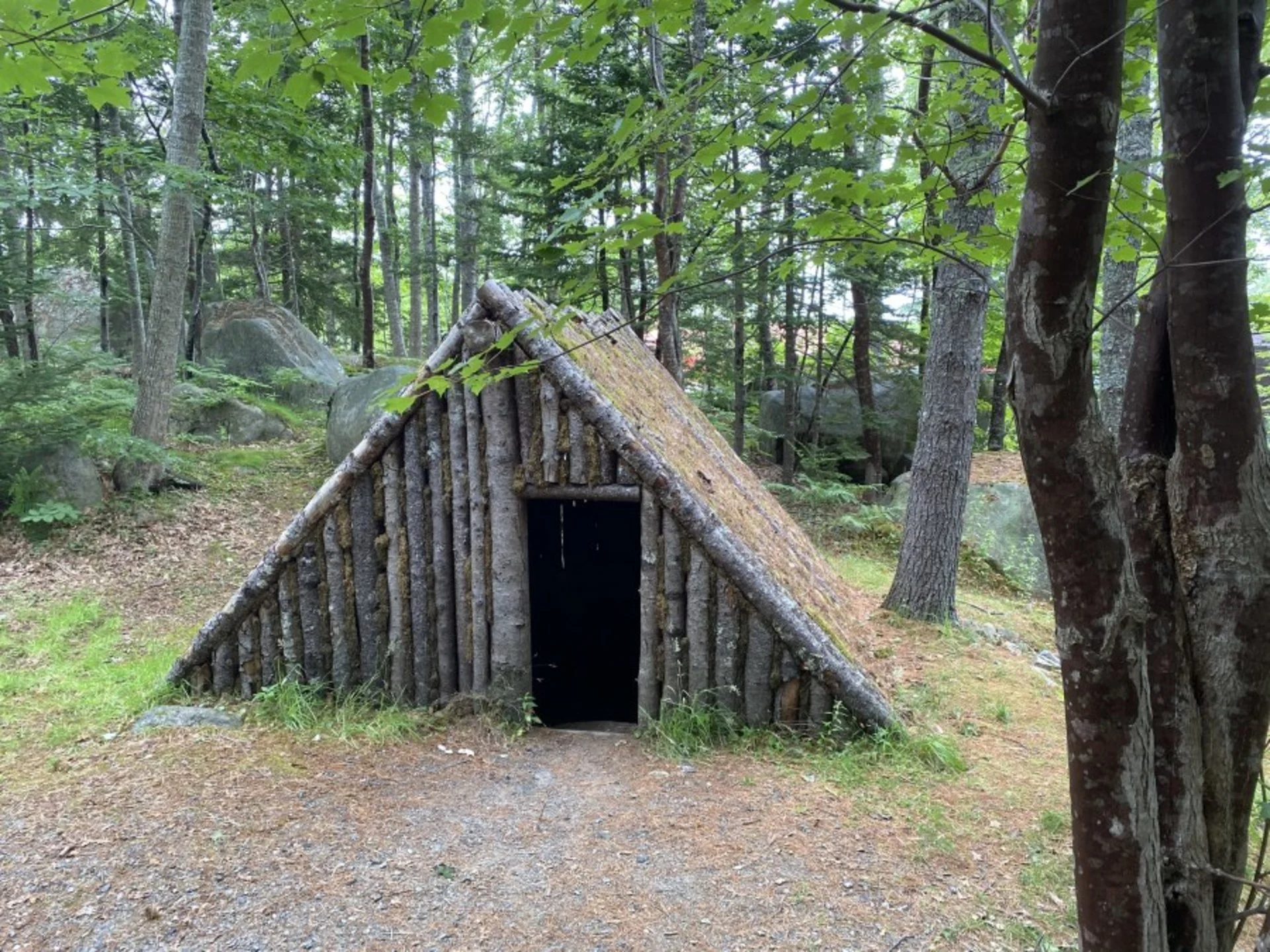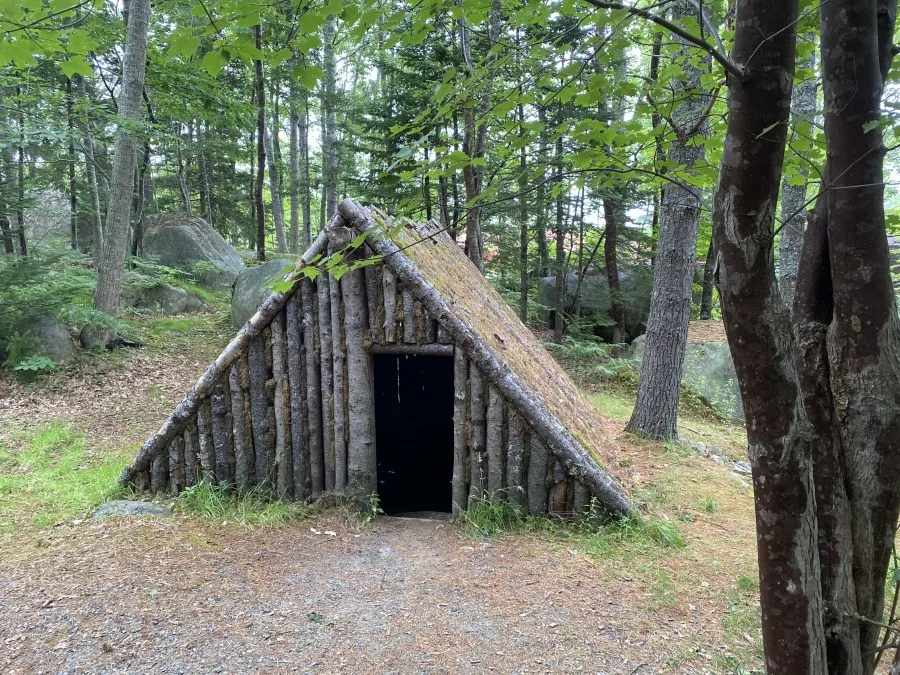
New to Canadian winters, pit houses were home to Black Loyalists for years
These historical homes are a testament to the resourcefulness and perseverance of Black Loyalists coming to Canada in the 1700s.
After being freed by the British for fighting in the War of Independence in 1776, Black Loyalists built pit houses in order to survive harsh winter conditions in Birchtown, N.S.
In 2022, The Weather Network visited the Black Loyalist Heritage Centre in Birchtown and spoke with their Executive Director, Andrea Davis, about the history of the pit houses.
"Winter was approaching when they landed and they didn't have the opportunity to set up traditional homes," Davis said.
Archaeologists didn't discover the remnants of pit houses until back in the mid-1990's.
"The pit house was meant to be a temporary shelter, but most of the Africans and Black Loyalists lived in homes such as this [seen below] for up to 10 years and that was due to lack of land entitlements," explained Davis.

Pit house replica (Nathan Coleman/The Weather Network)
The pit was the foundation of the home and everything from tree trunks to branches and moss were used to construct them.
"They were Africans and they came from a continent that was fairly hot, and to come to a cold harsh winter such as here in Canada, the resources they had and the resiliency, and the determination and ingenuity was actually beneficial to them," Davis said.
Birchtown became the largest free Black settlement in North America at the time of settlement.
The rocky terrain, however, made it difficult to grow crops, which led to 1,190 Black Loyalists leaving in 1792 for the promise of land and supplies in Freetown, Sierra Leone.
For those who stayed, “a large number of them did survive,” said Davis. “I'm living proof of that survival because my ancestors were those who had landed here in Birchtown."
You can see The Weather Network’s Nathan Coleman's interview with Andrea Davis and take a tour of a pithouse in the video above.










